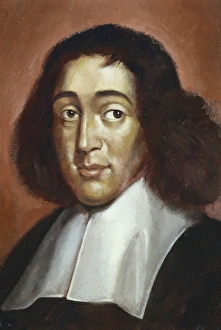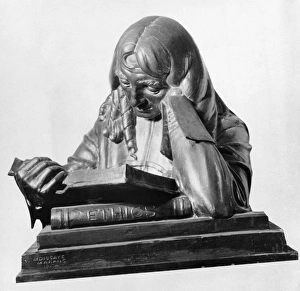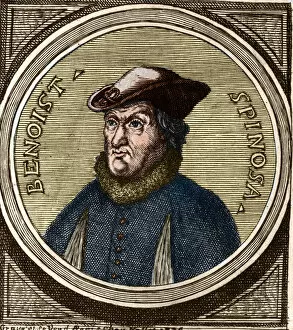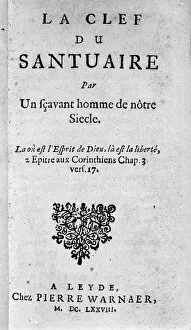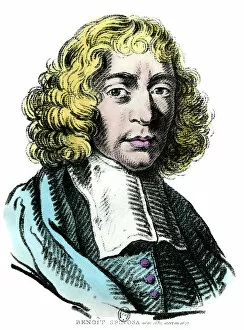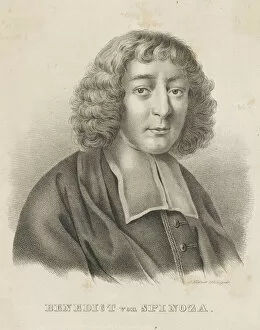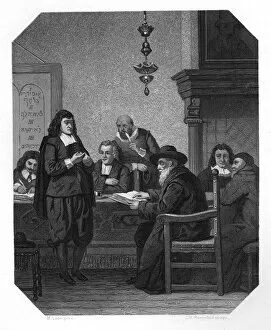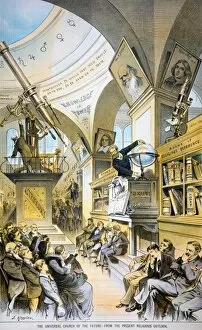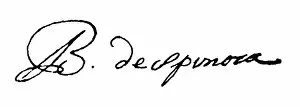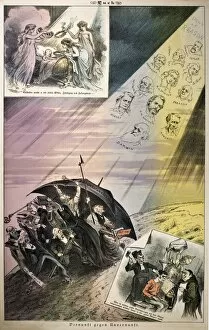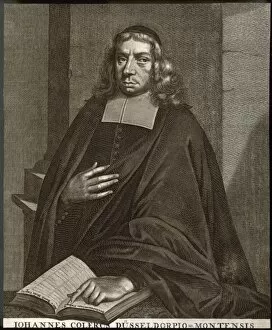Spinoza Collection
Spinoza, the renowned Dutch philosopher of the 17th century, continues to captivate minds even today
All Professionally Made to Order for Quick Shipping
Spinoza, the renowned Dutch philosopher of the 17th century, continues to captivate minds even today. His portrait by Hirszenberg in 1907 portrays a man excommunicated for his radical ideas that challenged traditional religious beliefs. Benedictus Spinoza, also known as Bento de Espinosa or Benedictus de Spinoza, left an indelible mark on philosophy with his groundbreaking works. A bronze bust by Moissaye Marans from the early 20th century immortalizes this intellectual giant. Another anonymous painting from a private collection showcases the enigmatic face of Baruch Spinoza, inviting us to delve into his profound thoughts and revolutionary theories. In lithographic form, we find yet another depiction of this great thinker among portraits of other esteemed philosophers. The platinotype "Crudelitas and Saevitia" captures not only Spinoza's appearance but also hints at the depth and complexity of his philosophical inquiries. The frontispiece of "The key to the sanctuary, " authored by Baruch Spinoza himself, adds further intrigue to our understanding of this extraordinary mind. It serves as a gateway into his world—a world where reason and rationality reign supreme. Küstner's portrait from c. 1830-1840 offers another glimpse into the visage that housed such profound ideas. Gottfried Küstner masterfully captures Spinoza's essence—his contemplative gaze hinting at a mind constantly seeking truth and enlightenment. Spinoza's legacy lives on through these captivating portraits and depictions that attempt to capture both his physical presence and intellectual prowess. As we explore these images, we are reminded of how one individual can challenge established norms and pave new paths for human thought—a testament to the enduring power of philosophy itself.

